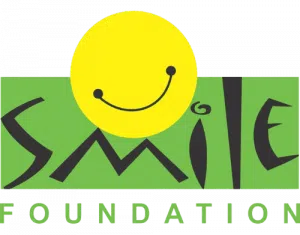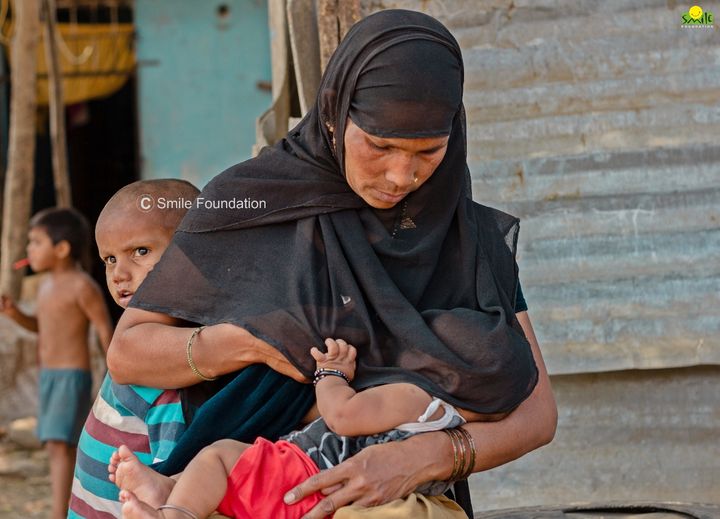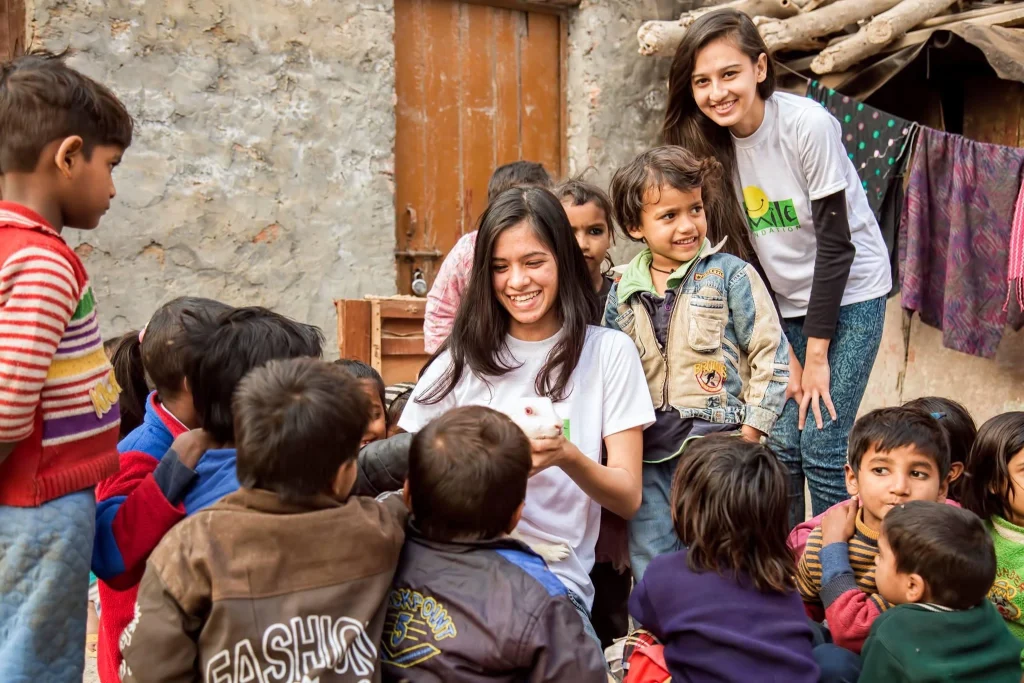Breastfeeding is one of the most effective ways to ensure a child’s health and survival. However, contrary to WHO recommendations, fewer than half of infants under 6 months old are exclusively breastfed (only breastmilk for 6 months since birth).
Breastmilk is the ideal food for infants. It is safe, clean and contains antibodies that help protect against many common childhood illnesses. It provides all the energy and nutrients that the infant needs for the first months of life, and it continues to provide up to half or more of a child’s nutritional needs during the second half of the first year, and up to one-third during the second year of life.
Breastfed children perform better on intelligence tests, are less likely to be overweight or obese and less prone to diabetes later in life. Women who breastfeed also have a reduced risk of breast and ovarian cancers.
Stages of Breastmilk Production
The production of breast milk begins during pregnancy. When the baby is born, the new mother will have only a small amount of milk for the first day or two; which is more than enough for your newborn. The baby is getting enough milk if they have one wet diaper on day one, two wet diapers on day two, and so on. In the first two weeks after a baby is born, breast milk progresses through three main stages: colostrum, transitional breast milk, and mature breast milk.
Colostrum
Colostrum, the first type of breast milk, is present at the end of pregnancy and during the first few days after a baby is born. The amount of colostrum that the body makes is small, but that small volume contains everything the newborn needs in the first few days of life. It’s also a natural laxative that helps prevent jaundice by clearing the baby’s body of meconium: the first thick, black, tarry stool.
Transitional Milk
Transitional breast milk is a combination of colostrum and mature milk. When the breast milk begins to come in (three to five days after delivery), it mixes with colostrum and gradually transitions to mature milk over the course of a few days or a week.
Mature Milk
Milk changes over to mature breast milk by the time a baby is about two weeks old. Compared to colostrum, mature milk is lower in protein but higher in fat and carbohydrates. Mature milk contains about 90% water to meet your baby’s fluid needs.
Breastmilk Supply
The body creates breast milk in response to pregnancy and the suckling of a baby at the breast. But to continue making breast milk after your baby is born, you will need to breastfeed or pump/extract. Extracting/removing milk from the breasts stimulates the mother’s body to make more milk. The more often one breastfed or pumps/extracts, the more milk is made, thereby establishing a mutually dependent physiological process.
Common Breastfeeding Problems
Breastfeeding takes time and practice for both mothers and babies. Many mothers experience challenges with breastfeeding, but the right support can help overcome these issues. Some of the common breastfeeding issues are:
- Sore or cracked nipples
- Not enough breast milk
- Breast engorgement
- Baby is not latching on properly
- Too much breast milk
- Blocked milk duct
- Inflammation of the breast
- Breastfeeding and tongue tie (the strip of skin that attaches the tongue to the floor of the mouth [frenulum] is shorter than usual.)
Diet Considerations for Breastfeeding Mothers
Women have distinct nutritional requirements throughout their lives – especially before and during pregnancy and while breastfeeding when nutritional vulnerability is greatest. Ensuring women have nutritious diets and adequate services and care is fundamental for the survival and well-being of mothers and their children.
Before pregnancy, women need nutritious and safe diets to establish sufficient reserves for pregnancy. During pregnancy and breastfeeding, energy and nutrient needs increase. Poor diets lacking in key nutrients like– iodine, iron, folate, calcium and zinc can cause anemia, pre-eclampsia, hemorrhage and even death in mothers. Poor nutrition during breastfeeding makes it more challenging for mothers to replenish their nutrient stores and meet their additional dietary needs.
Breastfeeding mothers generally need more calories to meet their nutritional needs while breastfeeding. An additional 330 to 400 kilocalories (kcal) per day is recommended for well-nourished breastfeeding mothers, compared with the amount they were consuming before pregnancy (approximately 2,000 to 2,800 kcal per day for breastfeeding women versus 1,600 to 2,400 kcal per day for moderately active, non-pregnant women who are not breastfeeding).
Generally, women do not need to limit or avoid specific foods while breastfeeding. Mothers should be encouraged to eat a healthy and diverse diet. In general, there is no specific food to avoid when breastfeeding and no evidence in respect of a protective effect of a prophylactic maternal exclusion diet during pregnancy or during lactation on the occurrence of atopic diseases in infants. Unless one notices that the baby reacts within 6 hours every time one eats a certain food, there is no need to stay away from any particular food.
Smile Foundation and Health of Mothers
Smile Foundation’s women empowerment programme, Swabhiman, collaborates with dedicated corporate and individual donors to champion SDG 3: Ensure healthy lives and promote well-being for all at all ages (Target 3.1 and 3.2- of reducing maternal mortality and neonatal mortality & under-5 mortality, respectively).
Together, we’re turning commitment into action by focusing on maternal and child health, with a comprehensive approach that spans 7 key areas. This includes everything from safe deliveries and early breastfeeding to immunization, fostering a nurturing environment for mothers and children within their first 1000 days.
By embracing innovative approaches like Kitchen Gardens, Godhbharai, and Annaprashan, we’re ensuring community involvement and local adaptability, while building upon past achievements for a sustainable impact.
Written by
Pragya Jain, Women Healthcare Consultant with Smile Foundation










